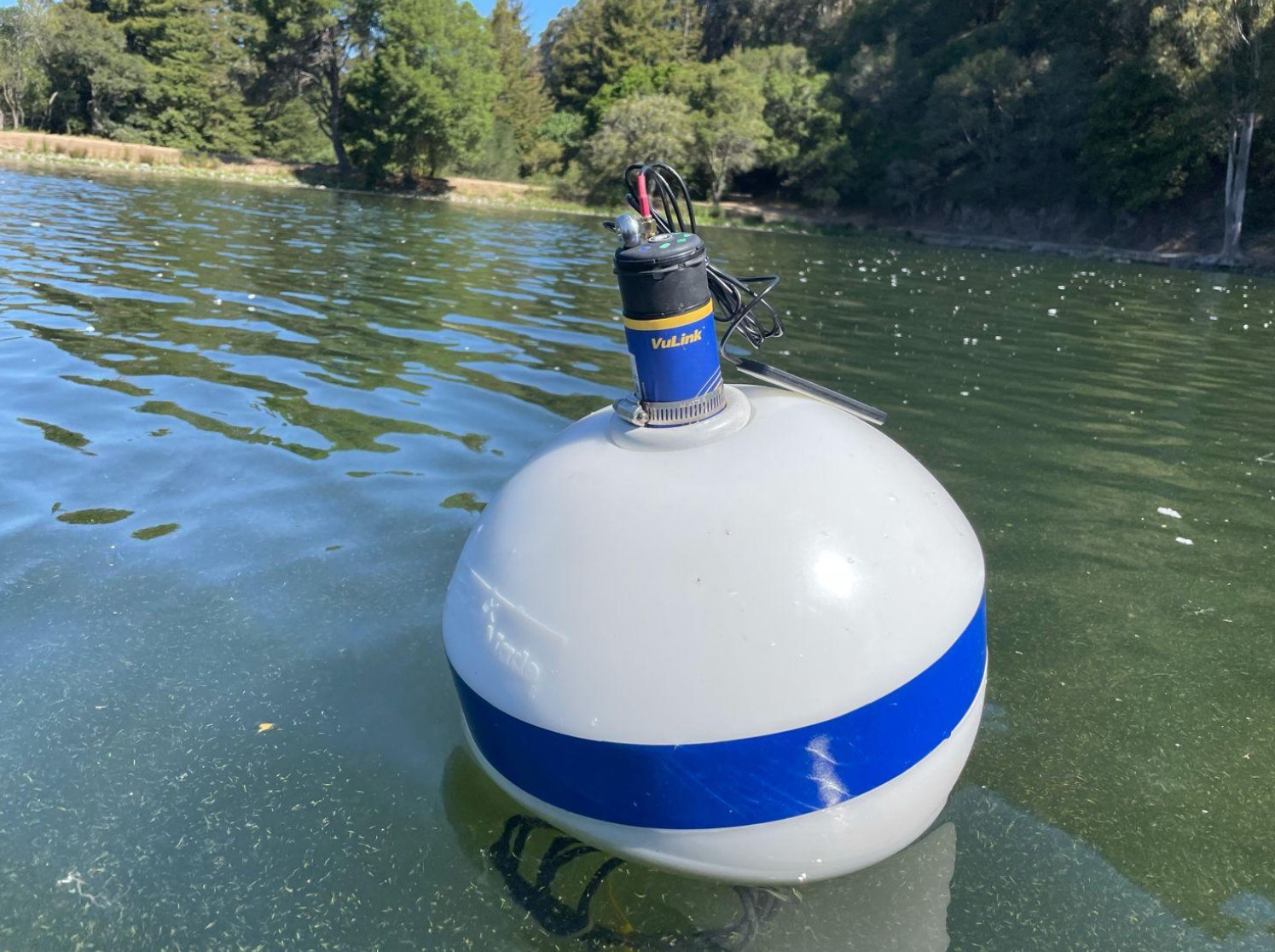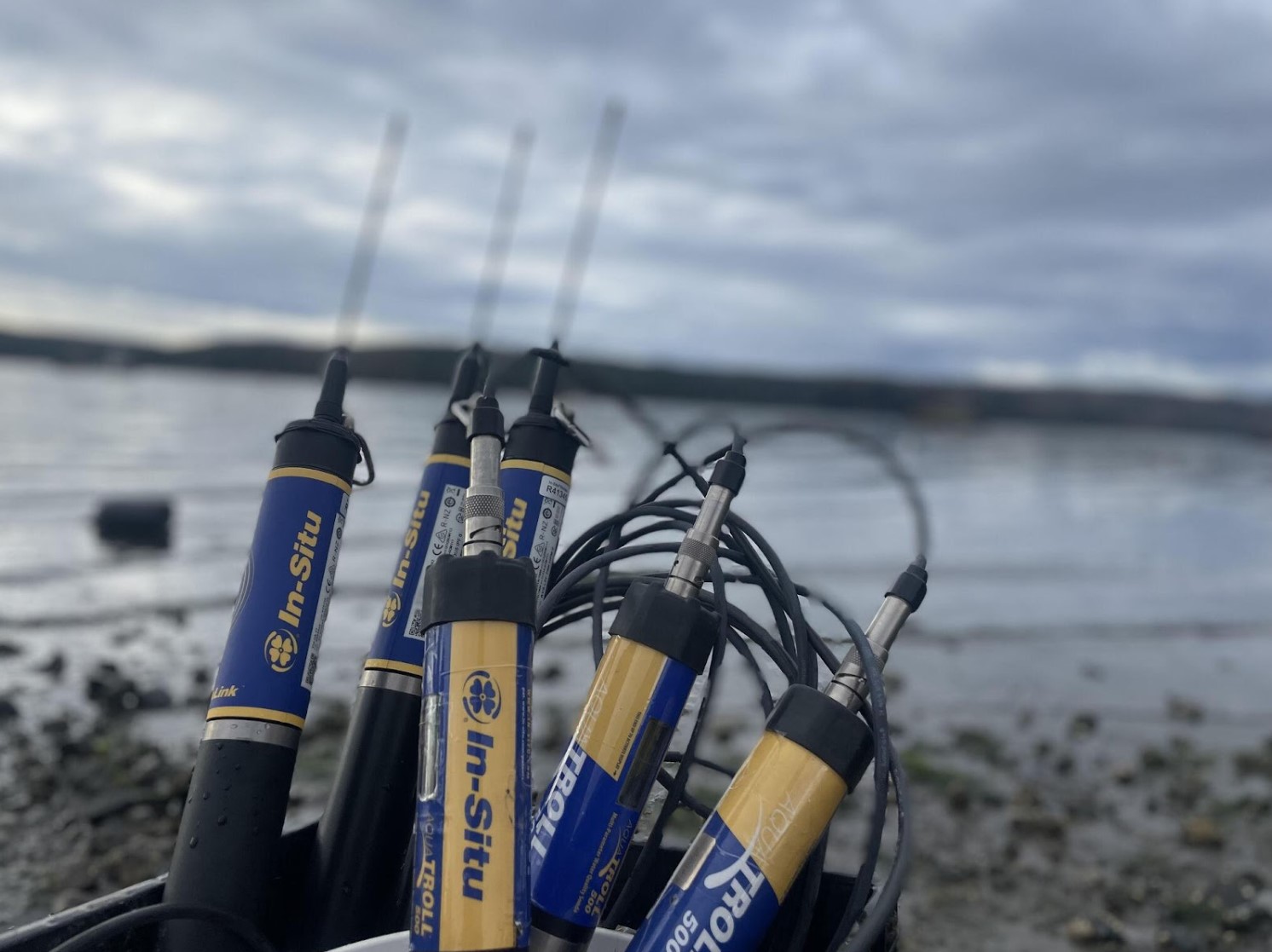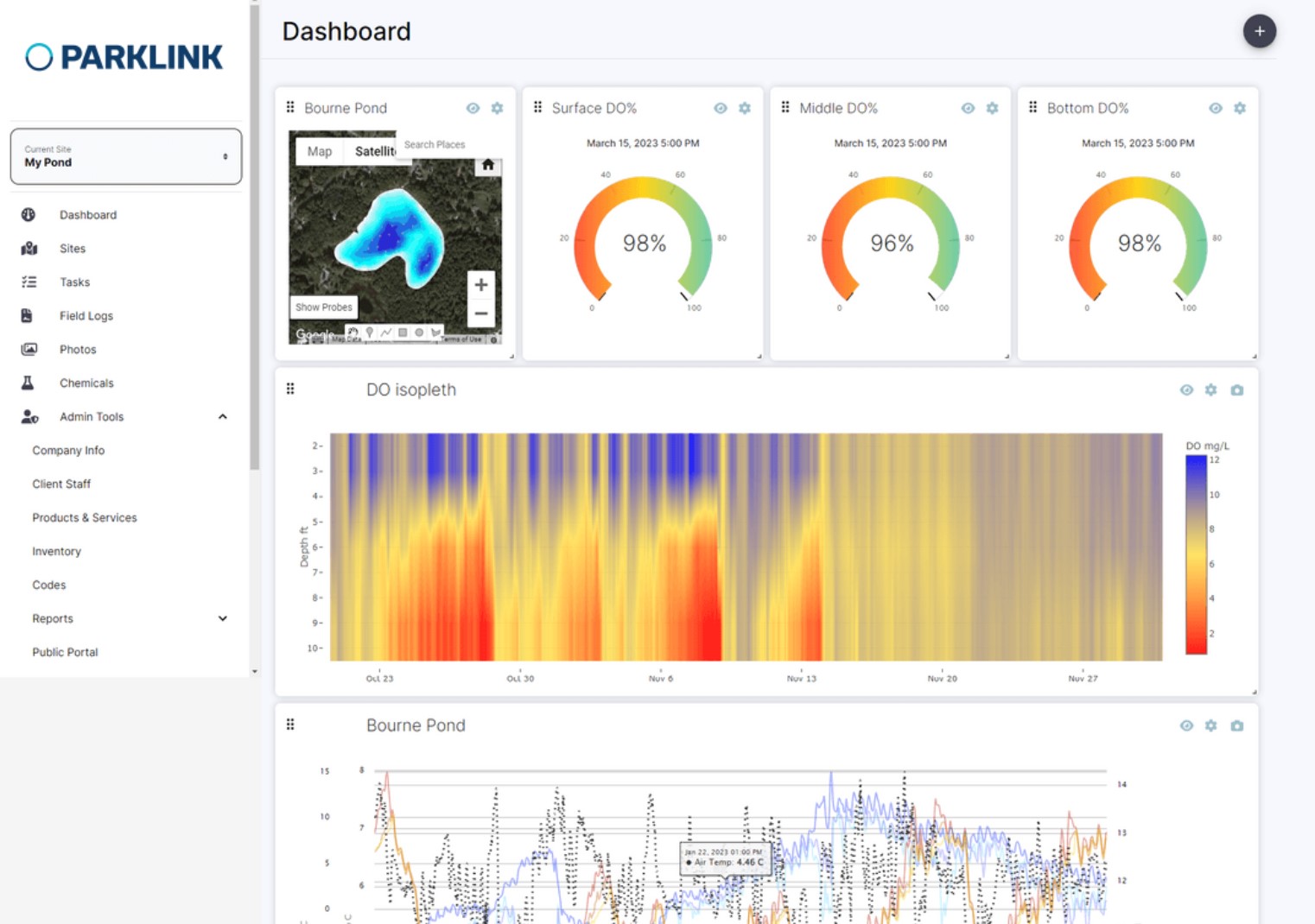
The Crucial Role of Dissolved Oxygen
Just as we breathe to survive, aquatic organisms rely on dissolved oxygen in water for their survival and well-being. The oxygen levels within a lake have a profound impact on everything from nutrient cycling to the abundance of aquatic species.
Low levels of dissolved oxygen can spell disaster for these ecosystems. They lead to the creation of “dead zones,” areas where aquatic life struggles to survive, dissolved phosphates are released, and water quality deteriorates. The consequences have a flow on effect throughout the ecosystem, affecting not only the creatures that call these waters home but also the communities that rely on these resources for food and recreation.
In the absence of oxygen, phosphorous previously bound to iron in an unreactive state in the sediment layer is released into the water column where aquatic weeds, algae, and cyanobacteria can use it to thrive. This can lead to eutrophic states and change the entire ecosystem of the lake.
How can we measure dissolved oxygen?
Key Features of Parklink Monitoring Buoys
1 – High Precision Sensors: Our sensors provide accurate and reliable measurements, ensuring data integrity for impactful decisions.

2 – Real-time Monitoring: Stay updated with instant data, enabling proactive responses to changing lake conditions.

3 – User-friendly Interface: Our intuitive interface makes it easy to visualize and interpret complex data, even for non-experts.
4 – Customizable Alerts: Receive notifications for critical oxygen level fluctuations, assisting in timely intervention.
5 – Long Battery Life: Our solution offers extended deployment periods for prolonged monitoring and data collection.
Join the Movement!
Together, let’s champion the cause of freshwater conservation. By monitoring dissolved oxygen levels effectively, we can implement strategies that foster thriving aquatic ecosystems and preserve these natural treasures for generations to come.
Reach out to us at info@parklink.co.nz to learn more about how our solution can make a difference in understanding and safeguarding our lakes. Let’s collaborate for a healthier aquatic world!
